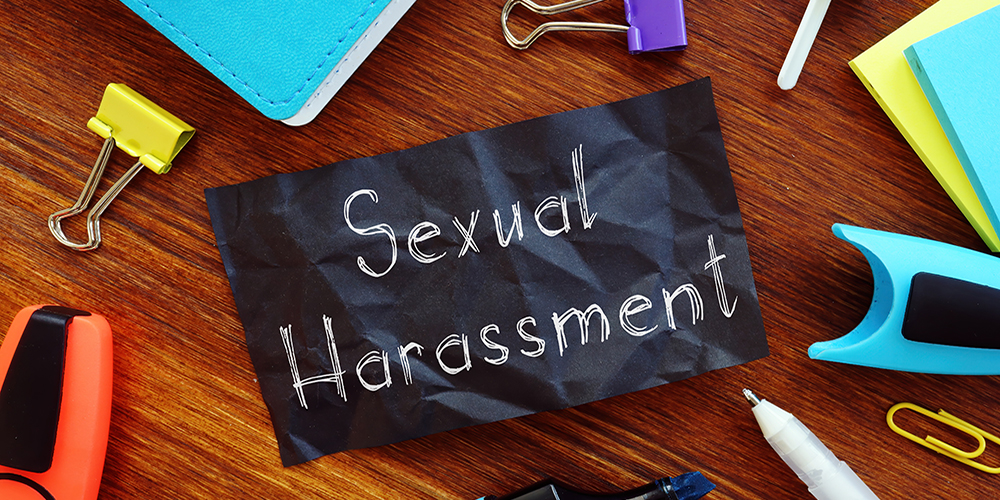Among the many challenges faced by K-12 school districts during this school year, the Department of Education released its long-awaited Final Rules under Title IX (“New Rules”). The regulations require sweeping changes for districts and are required to be implemented by August 14, 2020. These changes require districts to change policies, procedures and practices around sexual harassment and emphasize the due process rights of the accused.
The Dear Colleague Letters issued by the Office for Civil Rights in 2011, 2014, and 2016 (all rescinded) were considered non-regulatory guidance. Thus, schools could implement or refuse to implement the recommendations. Failing to follow those recommendations would be at their peril of course. The New Rules followed the administrative requirement of Notice and Comment period, and thus these requirements have the force of law, and all schools are required to follow them.
As of June 2020, we note that several Attorneys General throughout the United States joined in litigation against the Department of Education. That suit seeks to overturn some of this guidance and also delay the implementation date of August 14, 2020, giving all education institutions more time to digest and implement requirements. However, this same group appealed to the Department of Education to hold off issuing these new rules during the pandemic, and such pleas fell on deaf ears.
Below is a brief summary of ten of the changes that will have a great impact on how K-12 school districts manage Title IX complaints as well as links to additional Department of Education resources on these new rules.
1. Notice of Sexual Harassment
K-12 schools must respond when ANY employee has notice of sexual harassment. In the past, districts may have designated only some employees as “responsible employees” with this duty. Because ALL employees have this responsibility under the new rules, districts need to ensure that ALL employees are trained on Title IX, how to recognize potential claims, and how to report it internally to the Title IX Coordinator.
2. Definition of Sexual Harassment
The Final Rules have redefined sexual harassment, limiting the definition and scope. This narrow definition is contrary to other legislation.
Sexual harassment means conduct on the basis of sex that satisfies one or more of the following:
- Quid pro quo sexual harassment
- Hostile environment sexual harassment, defined as unwelcome conduct determined by a reasonable person to be so severe, pervasive and objectionably offensive that it effectively denies a person equal access to the recipient’s education program or activity (emphasis added)
- Sexual assault, dating/domestic violence, or stalking (uses Violence Against Women/Clery Act definitions)
This definition will limit when a sexual harassment policy violation is found. On its face, it appears that the definition restricts when a hostile environment can be found.
3. Jurisdiction for Title IX
The Final Rules clarify that a school must dismiss actions that do not occur in an education program or activity under Title IX. Initially, it is noted that a complainant must be currently enrolled or attempting to enroll in an educational program or activity for the complaint to be accepted. Thus, an individual who had transferred out of the district and/or graduated from the district could not file a complaint. The prior guidance looked broadly at what would be investigated, and in many cases, schools would be required to look into a matter even if a complainant or respondent was no longer attending school in the district.
Further, the New Rules state that these matters MUST be dismissed if they:
- Would not fit within the definition of sexual harassment
- Did not occur in an education program or activity of the school
- Did not occur in the United States
In addition, the New Rules state that a school MAY dismiss complaints if the:
- Complainant withdraws formal complaint in writing
- Respondent is no longer enrolled as a student or employed by the school
- Circumstances prevent the school from gathering evidence that would be sufficient to reach a determination
Each of these limits when a school may respond. Under the New Rules, there are more options for a school to dismiss a matter. In fact, the New Rules make some of those dismissals mandatory.
4. Requirement of Formal Complaint
Schools are required to investigate formal complaints received in writing from the complainant. The Title IX Coordinator may file and sign a formal complaint. However, the New Rules note that if the complainant does not file a formal complaint, the wishes of the complainant should be respected unless the Title IX Coordinator decides to initiate the complaint and it is “clearly not unreasonable in light of the known circumstances.” The New Rules include no guidance on what a Title IX Coordinator should consider in a determination about bringing a complaint.
5. Response to Report
The obligation imposed on a school is that it cannot be deliberately indifferent to a report of sexual harassment (this Gebser standard was issued in a Supreme Court decision in 1999). Mandatory obligations include offering “supportive measures” to a complainant that must be non-punitive, non-disciplinary, and not unreasonably burdensome on the other party. The measures must be designed to provide both parties with equal access to their education, protect safety, and deter sexual harassment. A school cannot take any measure that could be construed as disciplinary against a respondent at this stage.
The New Rule indicates supportive measures are available to a respondent after a formal complaint is filed. Many of the “interim measures” that schools provided in the past would not be available to the school at the report stage, potentially opening up the door to continued harassment.













